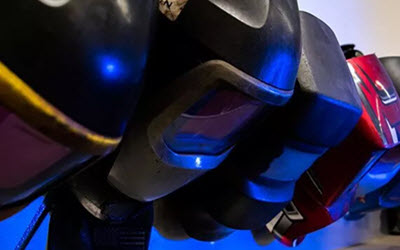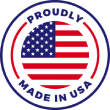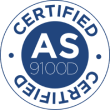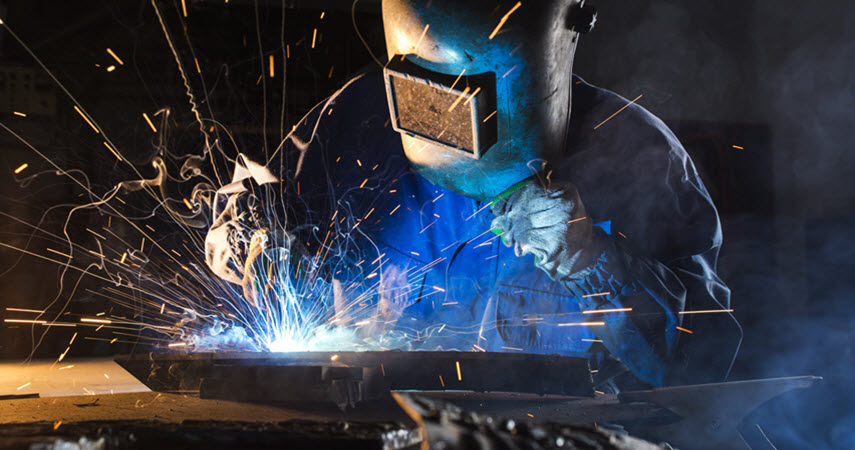The welding industry continues to improve with advancements in technology. The current standard in the welding industry is Metal Inert Gas (MIG) welding. This modern and versatile welding method accounts for up to 50% of welding applications.
You will find it appropriate to join various types of metals and alloys. Besides, this welding technique is usable in both automatic and semi-automatic forms. While seasoned welders will cherish the versatility of MIG welding, a novice welder will find the technology relatively easy to learn and use.
This post will look into the pros and cons of MIG welding. But before that, let us look into some fundamental aspects.
What Is MIG Welding?
Metal Inert Gas welding is a process used for joining metals using spools of continuously fed wires. It is applicable for joining long metal stretches. An inert argon gas prevents the welded area from contamination as you feed an electrode into the weld. An electric arc between the metals and the electrode will heat the metals to form a joint.
Ideally, MIG welders come in 3 different categories. You will get 1-phase MIG welders, a combination of 1-phase and 3-phase welders, and 3-phase models.1 phase models are ideal for home garages, farms, ranches, and body shops. They come in handy in attending to general repairs, small maintenance applications, light fabrications, and artwork production.
1-phase and 3-phase combinations are slightly more flexible. Besides accomplishing light fabrication and manufacturing applications, they can handle everything that 1-phase models can handle. On the other hand, 3-phase models are ideal for heavy fabrication and manufacturing applications.
Advantages of MIG Welding In Manufacturing Parts
Some of the pros that come with MIG welding include;
Increased Productivity
All enterprises are about productivity. And MIG welding enhances productivity in manufacturing parts by quickly depositing electrode wires into the system. You do not have to change rods manually, saving valuable production time. MIG welders are also cleaner, and brushing parts is not necessary.
Easy to Learn and Use
Any professional welder will quickly learn and use the MIG welding technology. The technique features fantastic levels of automation and a one-handed MIG torch operation. These features make MIG easier to master than any other forms of welding, such as stick welding or TIG welding.
Highly Versatile
While MIG first came into the aerospace industry to join aluminum and magnesium metals, it is now famous for joining various metals and alloys. It works in semi-automatic and automatic modes to fabricate domestic and industrial products. It can handle iron, copper, aluminum, mild steel, stainless steel, nickel, and their alloys.
High-Quality and Clean Welds
You cannot put the quality of MIG welds into a debate. They are more robust and reliable, and you can churn them out faster. These welds do not entrap slag and are flux-free since the shielding gas protects the arc, perfect for heavy-duty applications. You neither need to brush the joint extensively nor too much time to clean yourself after the process.
Fast and Efficient
Many industries prefer the MIG welding process due to its speed. It is pretty fast and has no disruptions in stopping and restarting your system once you begin your operations. The whole process is pretty quick. But more importantly, it does not require any adjustments along the way.
Limited or No Stub Loss
Unlike stick or other welding forms, MIG welding comes with no or very little electrode loss. MIG welding uses all the continuously fed electrodes without leaving anything to waste. This saves time and a valuable amount of cash.
Disadvantages of MIG Welding in Manufacturing Parts
Of course, there are a few cons that come with MIG welding, including;
It Is Not Ideal For Outdoor Operations
MIG technology is not the proper welding method for outdoor operations. Wind gusts or drought will interfere with the shielding gas and affect the quality of your welds. However, you can construct or buy welding screens for semi-closed environments.
High Setup Costs
The initial setup costs for a MIG welding station are pretty high. But this investment is usually worth it, mainly since you may not be able to replace any machine parts for years if properly installed. Besides, you can use most modern MIG welders for stick welding.
Limited Welding Positions
The high heat input and the fluidity of the puddle  significantly rule out the possibility of using MIG machines for overhead or vertical welding. These are not common welding positions. However, there are tricky applications that may require such. If you have a suitable MIG machine, you can use stick welding to achieve such.
significantly rule out the possibility of using MIG machines for overhead or vertical welding. These are not common welding positions. However, there are tricky applications that may require such. If you have a suitable MIG machine, you can use stick welding to achieve such.
Undoubtedly, the MIG welding technique comes with an array of advantages. It is versatile, easy to learn, fast, efficient, and produces clean welds. While it comes with disadvantages such as high construction costs, you can contact a reputable company to make your MIG welded manufacturing parts.
You can trust us at Laserworx Manufacturing to do that for you. Our welding team has over 20 years of experience and continues to help clients throughout Oxnard and the Ventura County area with a commitment to high-quality, lasting results.
Call us today.



